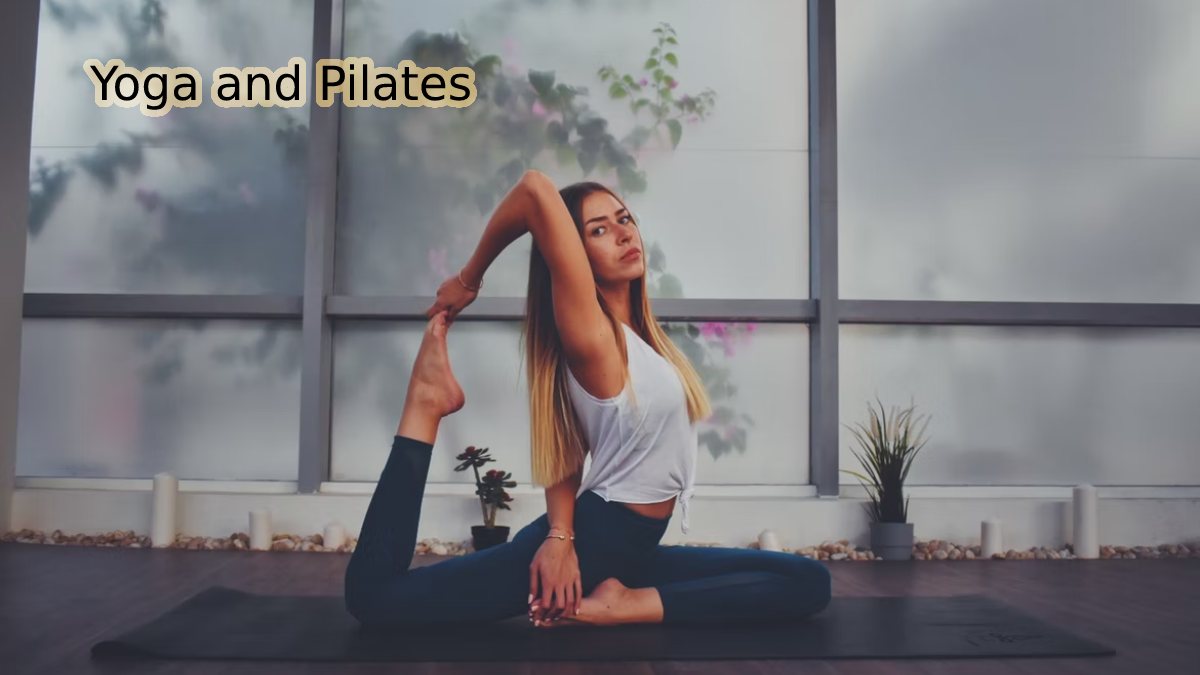Yoga and Pilates – These two ‘body-mind’ disciplines tend to be confused. They are the same in essence, different in shape, and both the best support for the athlete.
Still, many people confuse between the disciplines of yoga and Pilates since they share many similarities; one of the most relevant is that when Joseph Pilates developed his method, a branch of his inspiration was yoga. So it is expected that you tend to get confused.
As athletes, we must know these two practices well since both offer knowledge and skills about our body-mind that will be key to performance and efficiency when training or competing.
Let’s start with the aspects that unite these two disciplines.
Table of Contents
SIMILAR
1. CONCEPT
Yoga means ” union” in Sanskrit and refers to the union between body, mind, and spirit; in the same way that Joseph Pilates named his method ” Contrology” (Chronology): complete coordination of mind, body, and spirit.
2. COMPREHENSIVE LOOK
Both focus and train all the physical capacities (strength, coordination, balance…) and mental powers (concentration, observation, patience…) of the human being, being able to undertake (according to the degree of commitment and interest of the practitioner) a profound path of self-knowledge.
3. GROWTH
Yoga and Pilates are low-impact practices and can do anywhere; the only thing needed to practice is a mat; in the case of Pilates, it should be a little thicker for exercises that roll on the spine; The yoga one should preferably be non-slip to achieve the rooting required in most of the sequence of standing asanas (postures).
DIFFERENCES
1. ORIGIN
Yoga is an ancient discipline from India. Pilates is a training system created by Joseph Pilates at the beginning of the 20th century. To develop his method, he based himself on yoga and other fields, such as martial arts or bodybuilding.
2. BREATH
In both, it is a fundamental principle, but in yoga, abdominal breathing practice, it is a guide for the mind when focusing on each posture, having a more relaxing effect. Moreover, it is key to the control of vital energy (Pranayama); In Pilates, breathing is thoracic, and the activation of the core or powerhouse takes center stage.
3. OBJECTIVES
Although in both practices, a postural correction, muscle elongation, and physical and mental well-being achieve, in Pilates, the exercises orient towards a deep connection with the center of the body from which the movement emerges (powerhouse) favoring a state of attention comprehensive.
In yoga, the sequence of postures is the bridge to access higher states of consciousness and self-knowledge. It is not so essential to make the perfect posture but to “feel” that posture and observe what happens, how the mind reacts to the physical limits that can find along the way, and how the body responds to pain or an annoyance…
4. DYNAMICS OF THE PRACTICE:
In yoga, postures built from the extremes (hands, arms, feet, and legs) to the center.
In Pilates, from the center (powerhouse: abdomen, buttocks, and thighs) towards the ends.
*Furthermore, in the practice of Pilates, we find not only the work on the MAT (floor) but also on machines patented by Pilates himself and whose prototype and initial inspiration was a hospital bed. I will tell it in another article, and the story brings crumbs 😉
5. APPROACH:
The practice of yoga encompasses the spiritual component of the person through physical postures; it is a way of life, a philosophy.
In Pilates, the body’s mental component is taken as awareness, as its principles remind us: breath, control, center, precision, concentration, and fluidity.
Now that we have seen the differences
The good news is that they are compatible!
We can practice both and achieve a more complete and integral knowledge of our bodies.
Although, from my point of view, every day that I practice both disciplines, I see less distance between them since J. Pilates himself based his method on the teachings of yoga… that is, I would dare to label the practice of Pilates as ” western yoga” … I insist, it is my point of view and practice. Due to my profession, I have been able to exhaustively investigate the study and practice of each one separately, which after years of training, has led me to the current point of extracting the best of each one, for my body and mind, according to the needs that I have every day.
If my body feels stiff after an intense workout in the pool and my mind is boisterous, I opt for a slower practice, giving prominence to abdominal breathing integrated into asanas (yoga postures) that facilitate the stretching of the muscles and the calming of the internal dialogue. On other days I feel like the energy is pouring out of me. I practice a sequence of pilates exercises guided by rib/thoracic breathing, making it easier to distribute all that energy throughout my body and mind.
But to be honest, most of the time (almost all), my practices move between yoga and Pilates, applying the different breaths according to the movement or posture required at that moment. This helps me a lot when I train hard or go on a route to the mountains.
Try, practice, and decide what you feel more comfortable with and what you connect with better. Only you can know.


